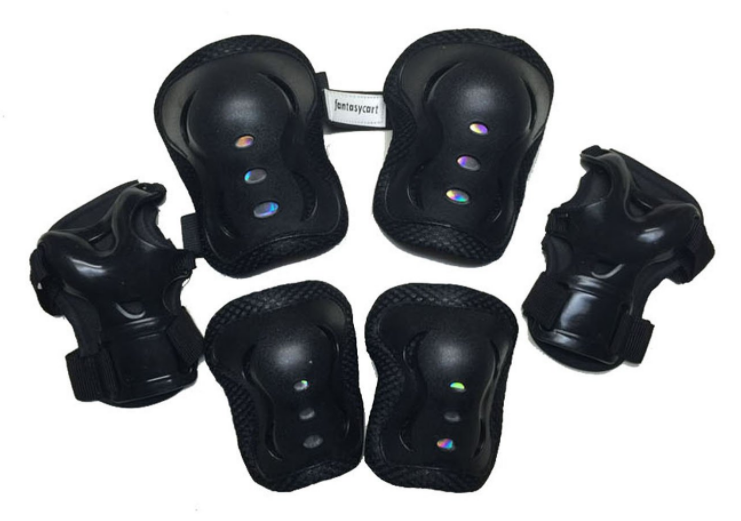“Roller skating protective gear” classified as
Roller skates accessories(HS:9506.70)?
or
Equipment for exercise:other(HS:9506.99)?
This article is regarding the court case for classification of “roller skating protective gear” Rollerblade, Inc. v. U.S.

Source:gleenira.shop
US Customs classified it as Equipment for exercise:other(HS:9506.99)
9506 Articles and equipment for general physical exercise, gymnastics, athletics, other sports (including tabletennis) or outdoor games, not specified or included elsewhere in this chapter; swimming pools and wading pools; parts and accessories thereof:
. . .
9506.99 Other
Importer contends that it’s classifiable as Roller skates accessories(HS:9506.70)
9506 Articles and equipment for general physical exercise, gymnastics, athletics, other sports (including tabletennis) or outdoor games, not specified or included elsewhere in this chapter; swimming pools and wading pools; parts and accessories thereof:
. . .
9506.70 Ice skates and roller skates, including skating boots with skates attached; parts and accessories thereof:
Table of Contents
1.Customs’s opinion
The protective gear bore no direct relationship to roller skates, the Government argued that the imports were not accessories.
2.Importer’s opinion
Rollerblade, Inc. sought this “accessory” classification because the protective gear was designed, tested, manufactured and marketed solely for use with in-line roller skates.
And protective gear constitutes “parts” to the roller skates because it contributes to the safe and effective operation of the in-line roller skates.
3. Court Opinion
The trial court found that the protective gear had a direct relationship to the activity of roller skating, but not to the HTSUS heading, namely roller skates.
subheading 9506.70 refers to an article (roller skates), not to an activity (roller skating). The subheading also covers parts of that article, such as wheels or laces for the skates. Thus, the subheading language specifically addresses roller skates and their parts and accessories. The language does not embrace every accessory associated with the broader activity of roller skating.
Moreover, as found by the trial court, the protective gear lacks a direct relationship to the roller skates. The protective gear does not directly act on the roller skates at all. Unlike a roller skate part or accessory, the protective gear does not directly affect the skates’ operation.
CONCLUSION
Based on the common meaning of “accessory” and the language of subheading 9506.70, the court concluded that Rollerblade’s imported protective gear is not a roller skate accessory.
Therefore “Roller skating protective gear” is classified in 9506.99 as Equipment for exercise:other.
Author’s Opinion
Use of the protective gear with the roller skates no doubt reduces injuries to the skater from the activity of roller skating, but this observation does not make the protective gear “parts” of the roller skates.
It’s always difficult to judge if some item is the parts or accessory of the article or not when there is no definition of legal note.
In that case, we can rely on a statement made by the court or other sources.
They are not a complete solution for the matter of parts & accessories but it could be some guideline to judge.
“part” of an article is something necessary to the completion of that article. It is an integral, constituent, or component part, without which the article to which it is to be joined, could not function as such article.
Source: United States v. Willoughby Camera Stores, Inc., 21 C.C.P.A. 322 (1933)
“an ‘accessory’ must bear a direct relationship to the primary article that it accessorizes.”
Source:Rollerblade, Inc., 24 Ct.
“[a]ccessories are of secondary importance,” but must “somehow contribute to the effectiveness of the principal article”
Source: HQ 960950 (Jan. 16, 1998)
“accessory” is, subsidiary devices used in connection with the machines, such as interchangeable devices which modify the machine so that it can perform a wider range of operations; devices to increase precision; devices which perform a particular service relative to the main function of the machine.
Source: EN Heading 8466 (B)
Source:ROLLERBLADE, INC., Plaintiff-Appellant, v. UNITED STATES
